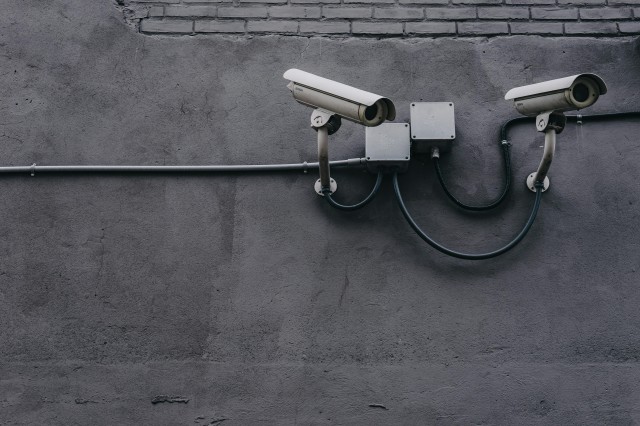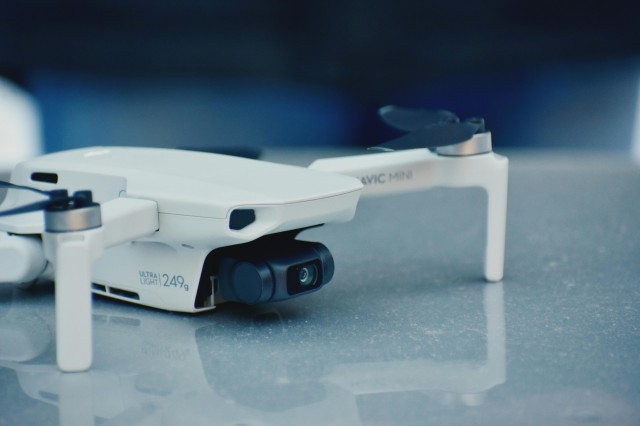
How do digital cameras improve image stabilization
In the world of photography, camera shake remains one of the most common culprits behind blurry images. But modern digital cameras have revolutionized how we capture sharp photos through advanced image stabilization technology. Let's explore seven compelling facts about how digital cameras tackle this persistent challenge.
1. The Human Factor: Why We Need Image Stabilization
Did you know that the average person can only hold a camera steady for about 1/30th of a second without noticeable shake? This biological limitation means that even the steadiest hands will introduce blur at slower shutter speeds. Digital cameras address this through sophisticated stabilization systems that can compensate for movements as small as 0.5 degrees of rotation – that's less than the width of a pencil held at arm's length!
The human eye itself has a natural stabilization mechanism called the vestibulo-ocular reflex, which helps us maintain visual focus while moving our heads. Camera manufacturers essentially created their own version of this biological system using gyroscopic sensors and rapid micro-adjustments.
2. Two Main Approaches: Sensor-Shift vs. Lens-Based Stabilization
Digital cameras employ two primary stabilization methods, each with unique advantages:
In-Body Image Stabilization (IBIS) moves the camera's sensor to counteract camera shake, while Lens-Based Stabilization shifts elements within the lens itself. Interestingly, IBIS works with any lens attached to the camera body, whereas lens stabilization requires compatible optics but can achieve up to 4-6 stops of stabilization improvement.
Some high-end cameras now combine both systems, creating dual stabilization that can deliver unprecedented stability – perfect for those shaky handheld shots in low light conditions.
3. The Physics Behind the Magic: How Gyroscopes Work
Modern image stabilization relies on micro-electromechanical systems (MEMS) gyroscopes – tiny devices smaller than a grain of rice that can detect camera movement in real-time. These sensors operate at incredibly high speeds, making corrections up to 1,000 times per second.
The gyroscope technology used in cameras today originally developed for aerospace applications. In fact, similar systems help stabilize satellites in orbit and guide spacecraft navigation. Now you're carrying space-age technology every time you take a photo!
4. Electronic Image Stabilization: Software Meets Hardware
Smartphones popularized electronic image stabilization (EIS), which crops and repositions the image digitally to create smooth video footage. While traditional optical stabilization typically provides 2-4 stops of improvement, advanced EIS systems can achieve comparable results by analyzing motion patterns and applying predictive algorithms.
The computational photography behind EIS processes hundreds of calculations per frame, essentially creating a "digital tripod" effect. This technology has become so sophisticated that it can anticipate camera movement and pre-compensate before blur occurs.
5. AI-Powered Stabilization: The Next Frontier
Recent breakthroughs in artificial intelligence have introduced predictive stabilization algorithms that learn from shooting patterns. These systems can distinguish between intentional camera movement (creative panning) and unwanted shake, automatically adjusting their response accordingly.
Some cutting-edge cameras now use machine learning models trained on thousands of hours of footage to optimize stabilization parameters in real-time. This means better performance when photographing moving subjects, during walking shots, or in challenging environmental conditions like windy outdoor locations.
6. The Impact on Low-Light Photography
Image stabilization dramatically expands photographic possibilities in challenging lighting conditions. A stabilized camera system can successfully handhold shots at shutter speeds up to 30 times slower than would otherwise be possible without blur.
This advancement has been particularly revolutionary for night photography and astrophotography, allowing photographers to capture star trails, light painting, and long-exposure urban scenes without heavy tripods. Some stabilized cameras can produce sharp handheld images at shutter speeds as slow as 1/4 second in complete darkness.
7. Future Innovations: Beyond Traditional Stabilization
Leading camera manufacturers are developing multi-axis stabilization systems that compensate for six different types of movement: yaw, pitch, roll, horizontal shift, vertical shift, and rotation. These 5-axis or 6-axis systems provide comprehensive protection against virtually any type of camera movement.
Additionally, emerging technologies include ultrasonic stabilization motors that can make adjustments faster than ever before, and predictive stabilization that uses GPS and accelerometer data to anticipate movement patterns based on your location and activity.
The Bottom Line
Digital camera image stabilization represents one of photography's most significant technological advances, transforming how we capture moments in challenging conditions. From MEMS gyroscopes to AI-powered algorithms, these systems work tirelessly behind the scenes to ensure your memories remain crystal clear, regardless of shooting conditions.
Whether you're photographing fast-moving children indoors, capturing landscapes at dusk, or filming smooth video while walking, image stabilization technology serves as your invisible assistant, making professional-quality results accessible to photographers of all skill levels.
Ready to experience the difference advanced image stabilization makes? Modern digital cameras offer unprecedented freedom from camera shake, opening new creative possibilities for photographers everywhere. Look for models featuring dual stabilization systems and at least 4-stop compensation for maximum flexibility in any shooting situation.
Keywords: digital camera image stabilization, camera shake reduction, IBIS stabilization, lens stabilization, electronic image stabilization, gyroscopic stabilization, low light photography, camera technology, image quality improvement, motion blur reduction















Post Comment